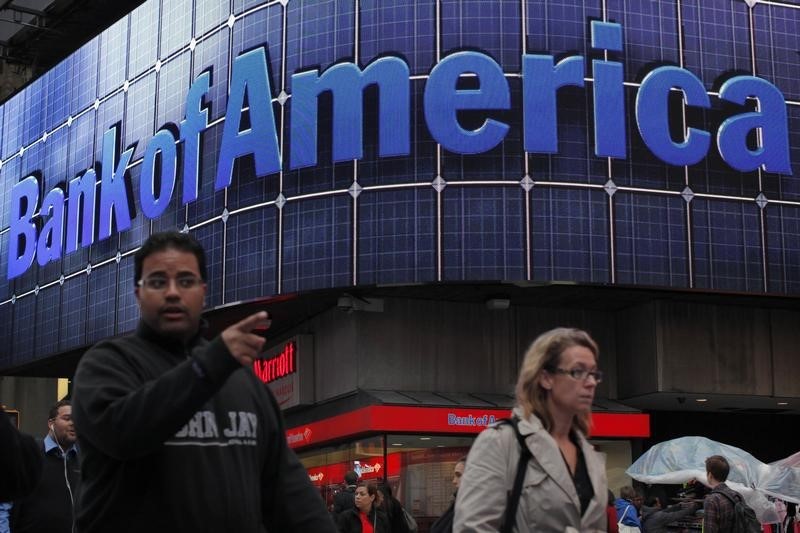By Pete Schroeder and Elizabeth Dilts Marshall
WASHINGTON (Reuters) - The eight largest U.S. banks said on Monday that they would be jointly access funding from the Federal Reserve's so-called "discount window."
The banks said that while they are strong and well-capitalized, the move is aimed at reducing the stigma attached to that low-interest emergency funding tool, after banks shied away from it following the 2008 financial crisis.
The joint move was announced by their trade group the Financial Services Forum, in a statement.
The banks include Bank of America Corp (N:BAC), Bank of New York Mellon Corp (N:BK), Citigroup Inc (N:C), Goldman Sachs Group Inc (N:GS), JP Morgan Chase & Co (N:JPM), Morgan Stanley (N:MS), State Street Corp (N:STT), and Wells Fargo & Co (N:WFC).
Regulators had urged banks to reconsider accessing low-cost funds through the window this week, saying that the government stood ready to help banks meet demands for credit amid financial market turmoil sparked by the coronavirus pandemic.
To further entice banks, the Fed announced Sunday it would lower the rate on the emergency lending window and allow banks to borrow from the Fed for longer.
Banks had effectively abandoned the discount window following the 2008 financial crisis, over concerns that turning to the Fed for liquidity could be interpreted by the market as a sign of weakness.
The stigma attached to using the discount window has existed for more than 70 years and was exacerbated by the financial crisis, but the joint decision of the eight banks will likely help make it a more acceptable tool for other banks.
"While Forum member institutions individually have substantial liquidity and multiple sources of funding, they believe it is important to lead by demonstrating the value of the Federal Reserve’s discount window facility and to encourage its use by other financial institutions," the group said in a joint statement.
JPMorgan Chase & Co, the largest U.S. bank by assets, said in February that it had decided it can hold less cash for its resolution plan, and instead, factor in the possibility of using the discount window.
